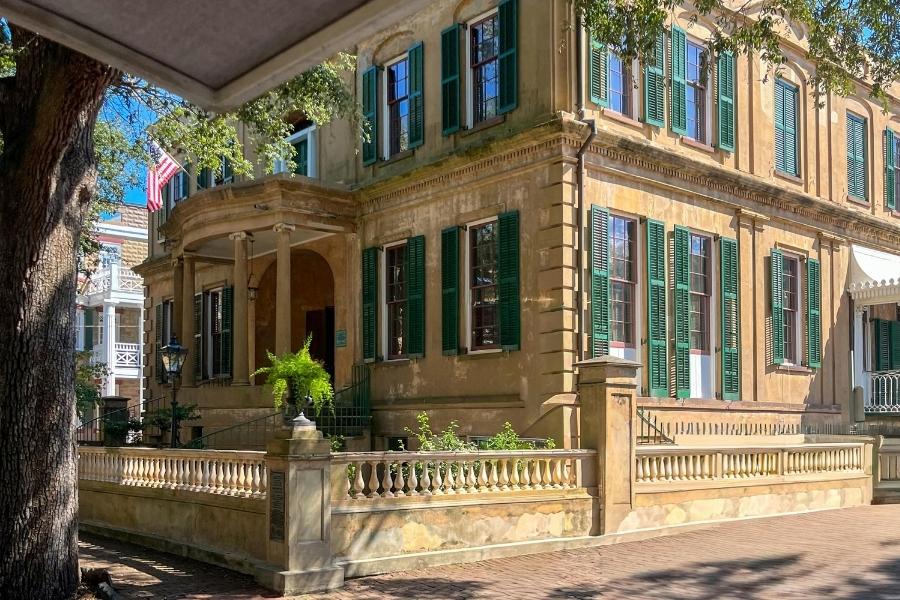Renovating a Historic Home: What Every Homeowner Should Remember
Owning a historic home is as much a privilege as it is a project. Beneath the plaster and pine lies a story—a record of architecture, craftsmanship, and time. Restoring such a home demands care, research, and the right team. It’s not just renovation; it’s stewardship.
Whether your house dates to the early 1900s or the midcentury revival, these are the principles that turn preservation into art.
Define Your Vision Before You Begin
Every great restoration starts with a question: what do you want the finished home to be? Some homeowners pursue a meticulous, period-correct restoration. Others prefer a thoughtful blend of history and modern comfort. Before you choose materials or hire a contractor, define what “authentic” means to you.
Do you want to live in a museum piece, or a timeless home that works for today’s life? Your answer will guide every design choice and ensure the result feels intentional—not conflicted.
Study Your Home’s Architectural Story
No two historic homes are the same, and many evolved over decades through additions and changes. Understanding the original architectural style—Victorian, Craftsman, Colonial Revival, Art Deco—reveals what should be restored, what can be adapted, and where to draw the line.
Look for clues: molding profiles, window shapes, hardware, and layout patterns all reveal the builder’s intent. Researching your home’s style gives you a roadmap for materials and proportions that feel right rather than improvised.
Preserve What Makes It Unique
Age brings character. The hand-turned balusters, the wavy glass, the heart pine floors—these are not flaws but signatures of their era. Whenever possible, repair instead of replace. If a feature can’t be saved, replicate it using reclaimed or period-appropriate materials.
The goal isn’t perfection; it’s continuity. Every original element preserved deepens the story your home tells.
Update Safety and Systems Behind the Scenes
Beauty means little without safety. Many older homes still carry outdated wiring, brittle plumbing, or inefficient heating systems. Modernizing these essentials should always come first.
Upgrades can be discreet—tucked behind walls and under floors—so you maintain the home’s appearance while bringing it up to code. Done right, safety updates protect both the structure and its future.
Bring Comfort Into the Present
Historic homes were built for different lifestyles and climates. Drafts, uneven temperatures, and limited natural light were common realities. Restoration offers a chance to enhance livability without sacrificing charm.
Consider hidden insulation, improved HVAC, energy-efficient windows that mimic historic profiles, and layouts that feel open while respecting the home’s proportions. A historic home can still feel effortless and comfortable.
Blend Modern Kitchens With Period Character
Kitchens often see the most transformation in a historic renovation. The key is to balance today’s functionality with visual harmony. Use natural materials—stone, wood, brass—that feel timeless. Subtle detailing and vintage-inspired hardware can bridge centuries seamlessly.
Modern appliances can be concealed or selected in finishes that echo traditional craftsmanship. Let practicality live behind elegance.
Choose Experts Who Understand Historic Homes
The most successful restorations are collaborative. Not every contractor understands the quirks of old construction—balloon framing, lime plaster, lead paint, or settling foundations. Seek builders, architects, and craftspeople experienced in historic preservation.
A skilled team can anticipate structural surprises, source authentic materials, and navigate local preservation regulations. Their insight transforms potential headaches into opportunities for artistry.
Respect the Past While Building for the Future
A historic home doesn’t have to be frozen in time. The best renovations honor heritage while making space for modern life. When done with care, the result is a home that feels both grounded and alive—one that tells its story every time the light hits the walls.
At Palatial Homes Design, we believe in preserving the craftsmanship that defines historic homes while quietly integrating today’s standards of comfort, safety, and elegance. Renovating an old home is not about erasing time; it’s about extending it.




